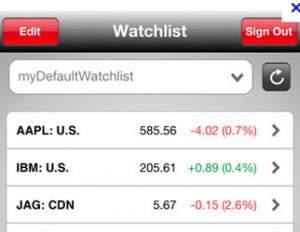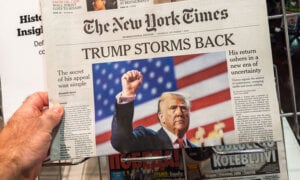


One of the most common misunderstandings about ETFs is that their daily trading volume has a large effect on their liquidity. Some investors avoid ETFs that don’t trade very often because they are concerned that making a purchase or sale will significantly affect the price: they worry, for example, that if they place a $10,000 buy order on low-volume ETF, they will pay too much. Or conversely, if they place a $10,000 sell order, they will receive too little.
On the surface that’s a reasonable concern, because this is what happens with individual stocks. When a small investor buys or sells large-cap stocks, the market impact is zero. But if you place an order for a micro-cap company that is infrequently traded, your order may well move the price because of simple supply and demand. You can see this liquidity effect in the stock’s bid-ask spread: the difference between what you’d pay for Royal Bank and what you’d receive when you sell might be 0.05%. On a junior mining company it might be 2% to 4% or even more.
With ETFs, however, this isn’t the case. ETFs are open-end funds, which means new units can be created or redeemed as necessary, so supply and demand has little effect. Say a new ETF launches this week with 200,000 shares, each trading at $20, for a net asset value of $4 million. If an institutional investor wanted to put $1 million in the fund, their order would not drive the price sky high, as it would with a small-cap company with a finite number of shares. The ETF provider would likely just create 50,000 new units and deliver them to the institutional investor. The net asset value of the fund would now be $5 million and there would be 250,000 shares, each one still valued at $20.
What lies beneath
What really governs an ETF’s liquidity is the underlying securities. An ETF that holds large-cap stocks or government bonds is highly liquid regardless of its trading volume. You can see this when you compare the iShares S&P/TSX 60 (XIU) and the BMO Dow Jones Canada Titans 60 (ZCN). The former is the most frequently traded ETF in Canada, with millions of units changing hands each day. The latter trades only a few thousand. But both ETFs usually have a bid-ask spread of just one cent, which works out to about 0.05%. The reason is they have virtually the same holdings: the largest and most liquid companies in Canada, which also trade with tight spreads.
Compare that with the BMO Junior Oil Index ETF (ZJO) or the iShares S&P/TSX Venture (XVX), which trade with bid-ask spreads in the range of 0.30% to 1% or more. Yes, they happen to have low trading volumes, but that’s not the reason. Indeed, some US-listed ETFs that hold international small-caps do have high trading volumes but still carry wide spreads because of the illiquidity of their underlying stocks.
That said, there can still be some concerns with low-volume ETFs. While you don’t necessarily need to avoid them, you do need to be careful when you place your orders. I’ll explain more in my next post.
Are you a part-time Couch Potato?
MoneySense is working on a feature about “core and explore” investing, where folks use index funds for the majority of their portfolio while dabbling in a little active management on the margins. We’re looking for people who are willing to share their strategies. Maybe you use index funds in your RRSP and pick stocks in your TFSA, or you use ETFs for large-cap Canadian stocks and bonds but active strategies for emerging markets or precious metals. Something even more creative?
If you’re interested in participating in the article, please email me with a few details. We’ll be using real names and perhaps photos.











